Walking through Japan’s historic villages feels like stepping into a living history book. These preserved towns offer more than just a glimpse of the past – they let visitors experience the authentic world of samurai culture firsthand.
From ancient wooden buildings to perfectly maintained gardens, these villages are a testament to Japan’s rich warrior heritage. Are you ready to travel back to the age of the samurai?
Let’s explore these remarkable villages where ancient traditions still thrive.
Kakunodate
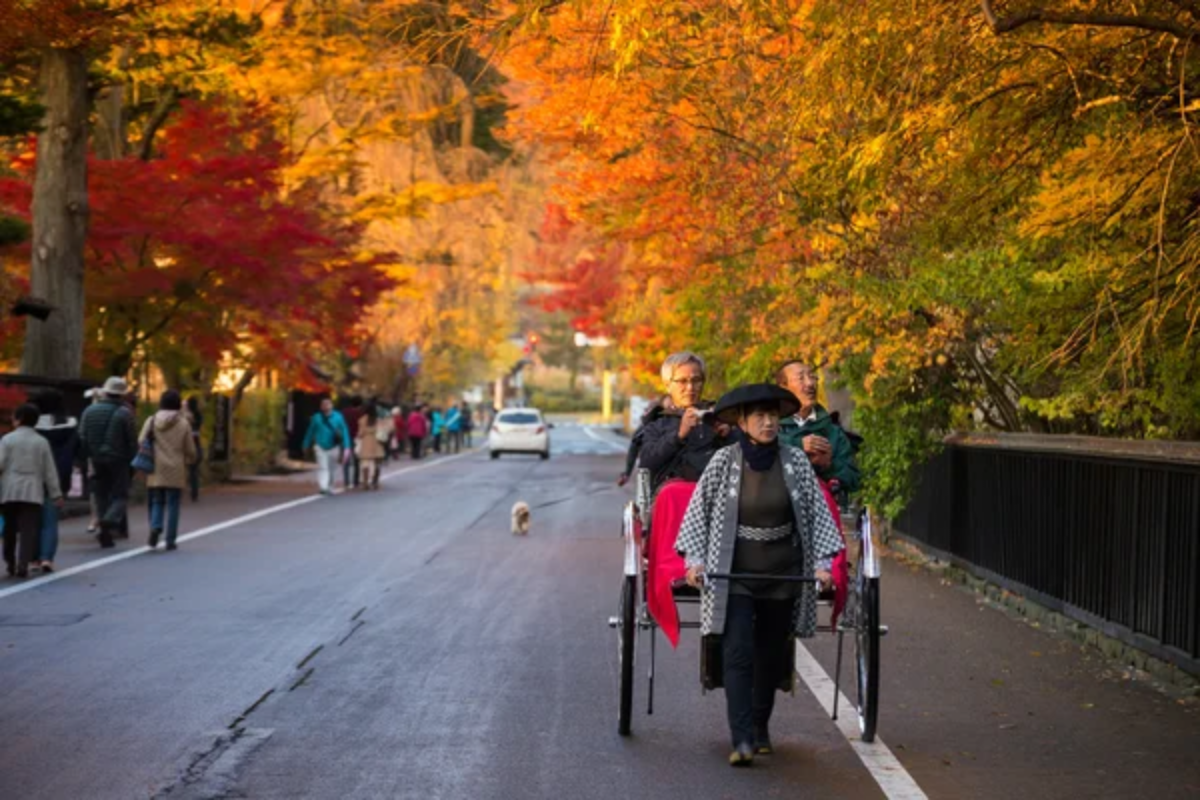
Known as ‘Little Kyoto of Tohoku,’ Kakunodate stands out with its perfectly preserved samurai district dating back to 1620. The town features six original samurai residences surrounded by weeping cherry trees, creating magical tunnels of pink blossoms each spring.
Local guides in traditional clothing share stories about daily samurai life while leading tours through the historic homes. The village’s famous Aoyagi House displays an impressive collection of samurai artifacts, including swords, armor, and daily items used by warrior families.
Kitsuki
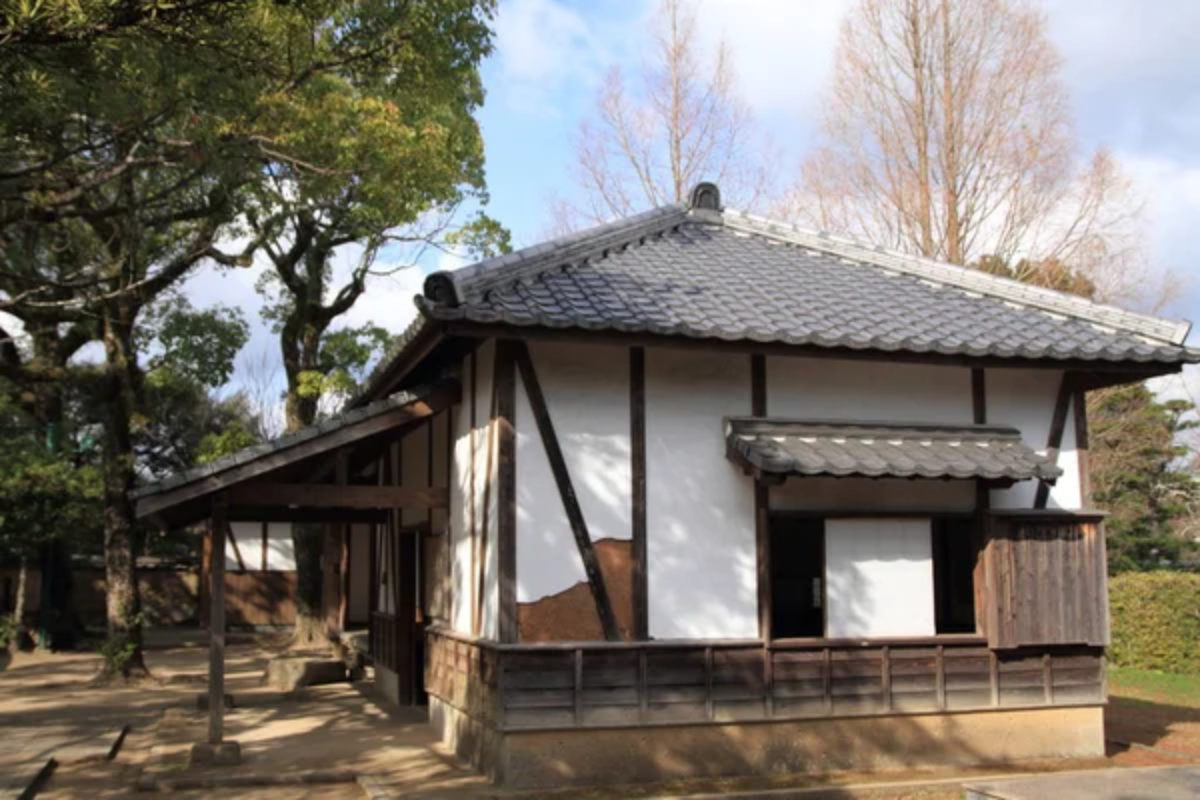
Kitsuki in Oita Prefecture boasts a unique layout: two samurai districts on two hills facing each other. The restored samurai mansions offer hands-on experiences, where visitors can try on authentic armor and learn basic sword techniques.
The town hosts a samurai festival every fall, where locals recreate historical battles and ceremonies. The streets maintain their original stone pathways, making it easy to imagine the sound of wooden sandals clicking against them centuries ago.
Like Travel Pug’s content? Follow us on MSN.
Kanazawa
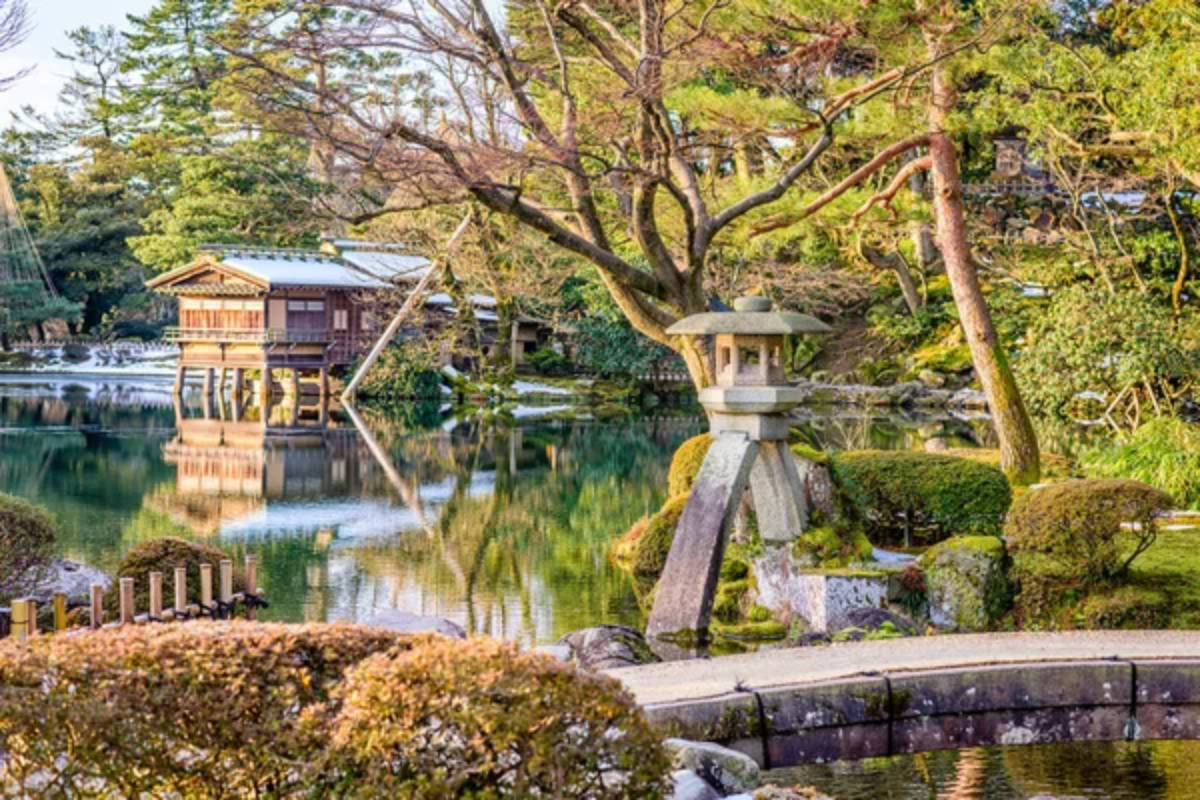
Kanazawa escaped World War II bombing, preserving its samurai district, Nagamachi, in near-perfect condition. The district’s earthen walls, water canals, and traditional gates vividly depict samurai life during the Edo period.
The Nomura Samurai House, with its exquisite garden and original artifacts, showcases the refined lifestyle of high-ranking warriors. Visitors can participate in tea ceremonies held in the same rooms where samurai once discussed military strategy.
Hagi
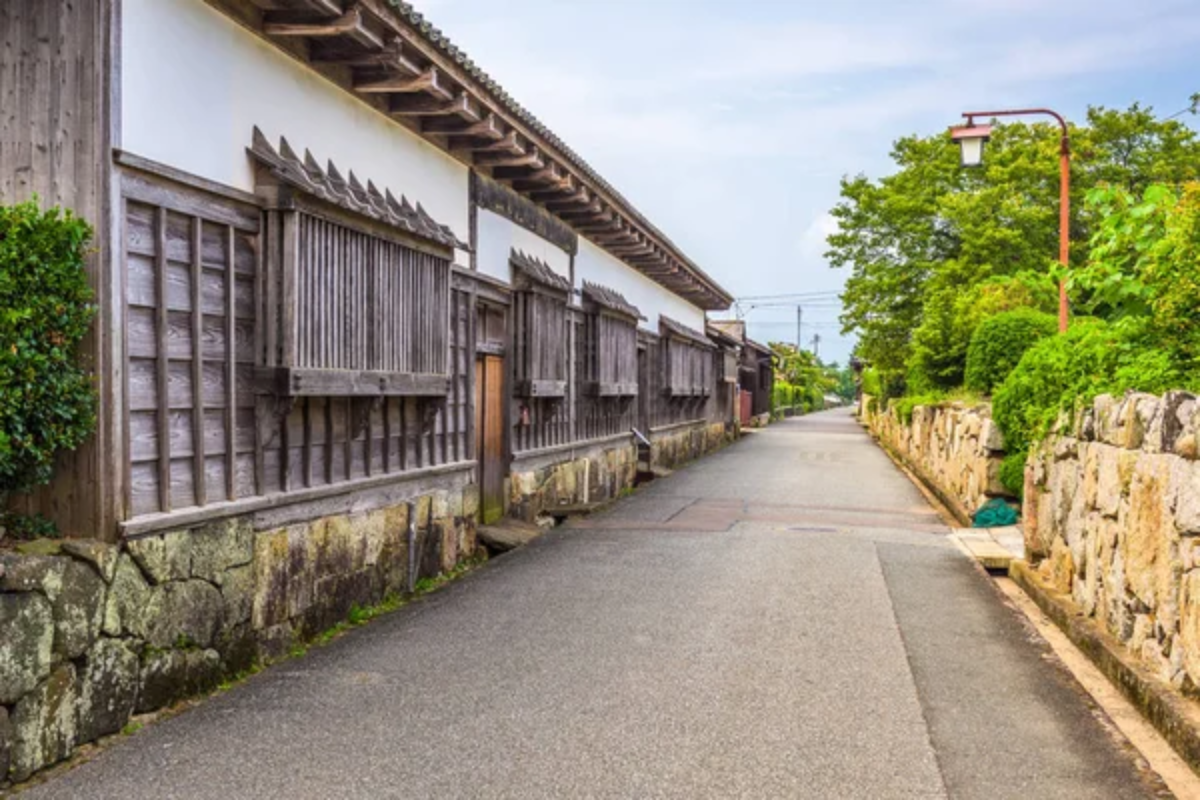
The streets of Hagi follow the exact grid pattern laid out for samurai residences over 400 years ago. White-walled residences and merchant houses line the narrow streets where samurai once patrolled with their swords.
The Kikuya House offers insights into how wealthy merchants interacted with samurai families through trade and alliances. Local artisans still create Hagi-yaki pottery using techniques from the samurai era.
Tsuwano
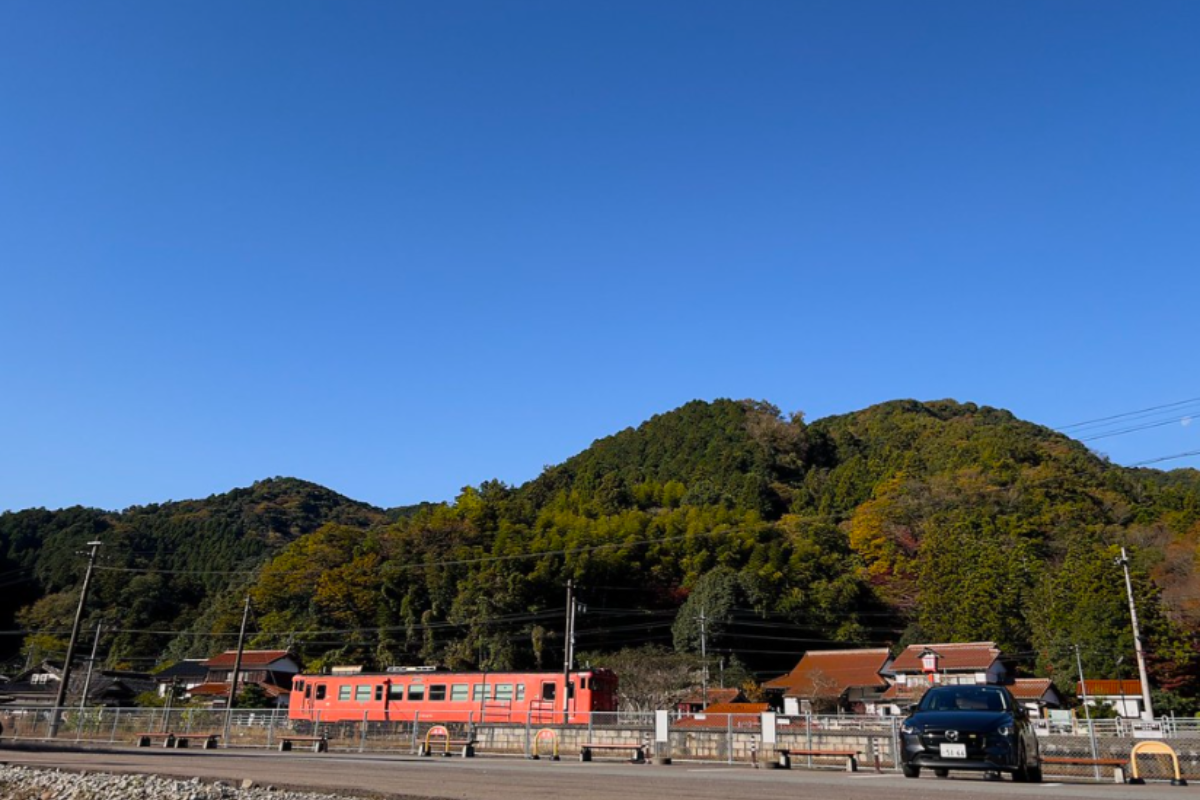
In the mountains of Shimane Prefecture, Tsuwano maintains its castle town atmosphere with original water channels flowing alongside the streets. The town’s samurai district features beautifully preserved houses where warrior families lived until the end of the feudal period.
Visitors can explore the Tonomachi area, where high-ranking samurai reside, complete with original stone walls and gardens. The town’s Folk Museum displays an impressive collection of samurai weapons and daily items warrior families use.
Like Travel Pug’s content? Follow us on MSN.
Usuki
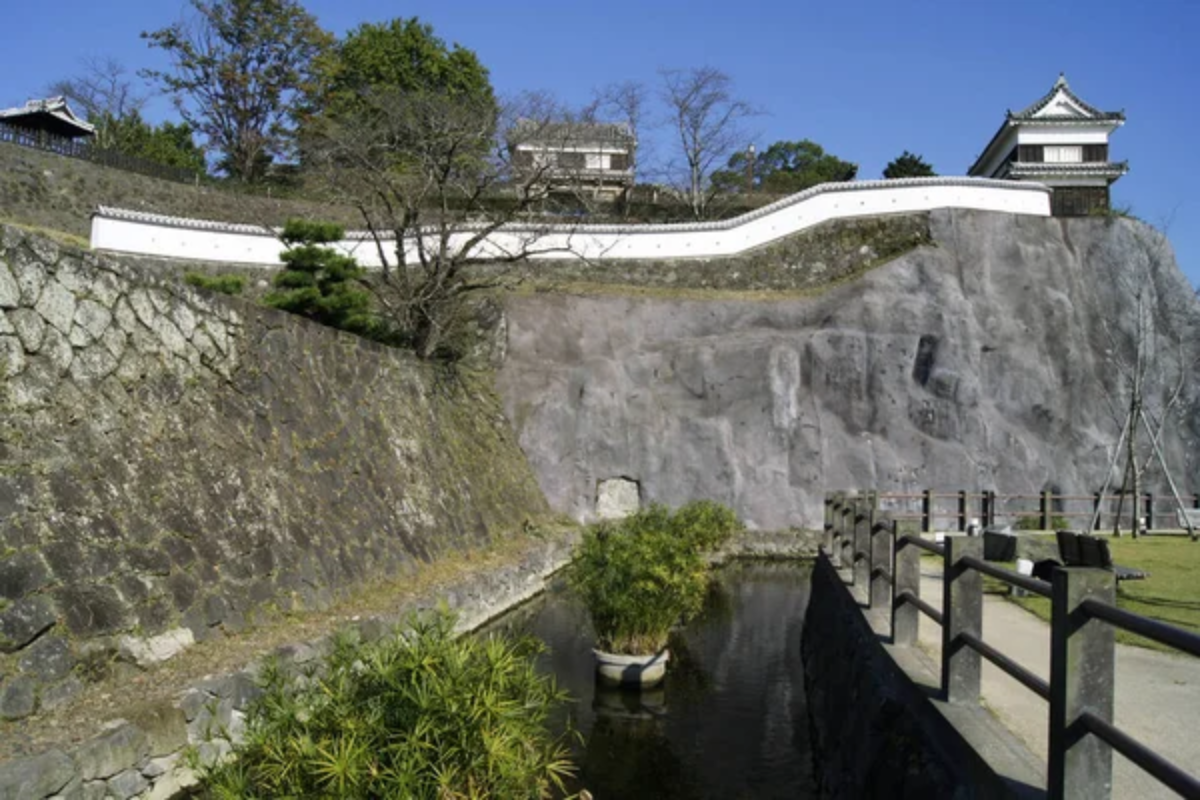
Usuki’s stone-paved streets and traditional buildings transport visitors to the Edo period. The town features several original samurai houses, including the impressive Inaba House with spacious rooms and a garden.
Local guides share stories about famous sword fights and political intrigues that took place within these very streets. The town’s monthly night markets recreate the atmosphere of old Japan, with traditional lanterns lighting the historic district.
Izushi
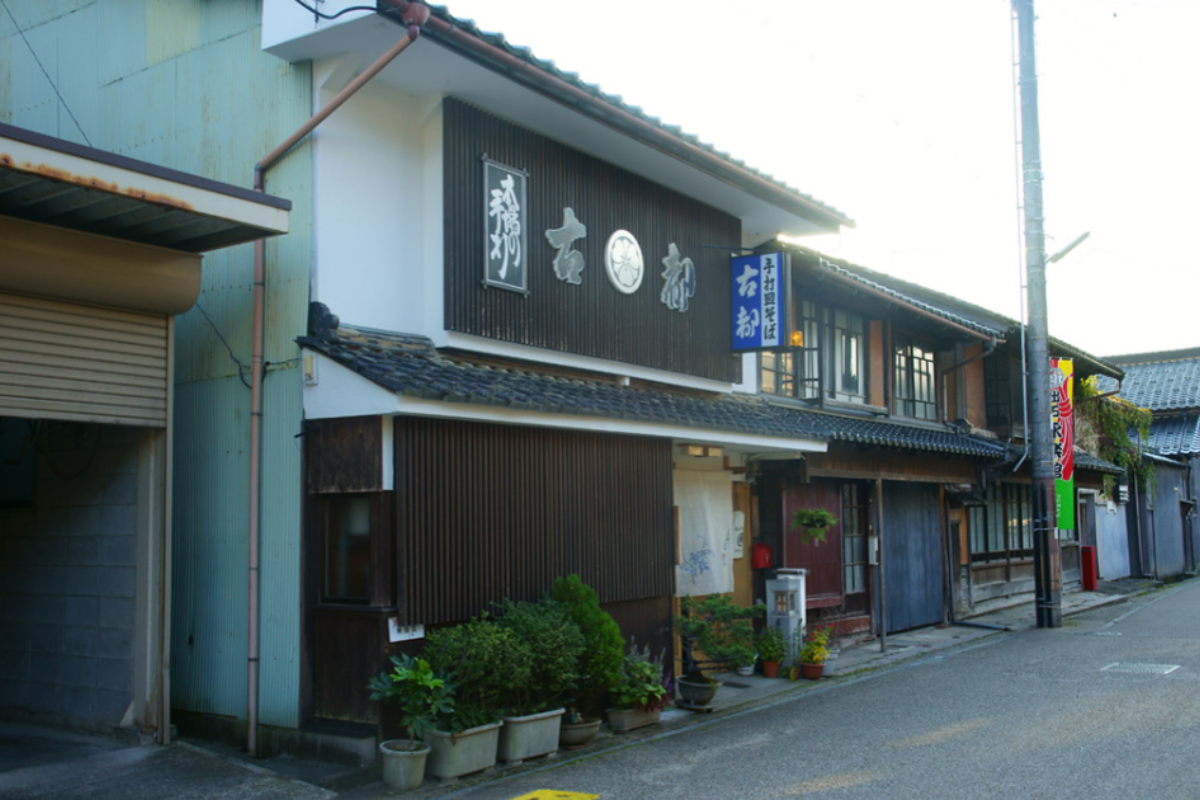
kentikikentiki
Known for its unique castle town layout, Izushi preserves the strict social hierarchy of samurai society through its architecture. The town’s famous soba noodle shops occupy buildings where lower-ranking samurai once supplemented their income through trade.
Visitors can climb the stone steps to the castle ruins for views over the traditional townscape below. The local history museum houses a collection of samurai documents and family crests.
Chiran
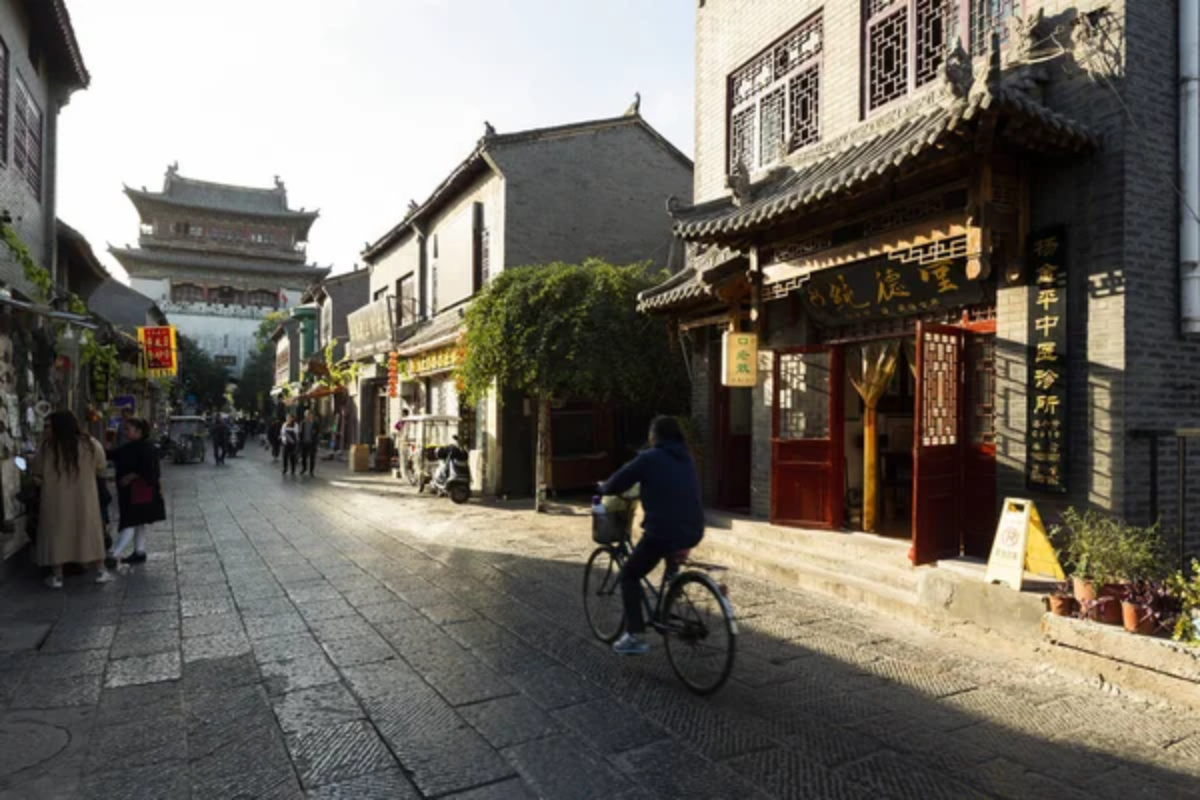
Seven gardens in Chiran’s samurai district have been designated national historic sites. Each garden represents the refined aesthetic taste of the warrior class, combining beauty with practical defensive features.
The preserved samurai residences allow visitors to experience the daily life of middle-ranking warriors. Walking tours reveal hidden meanings in the garden designs and architectural features that once protected these homes.
Like Travel Pug’s content? Follow us on MSN.
Kagoshima
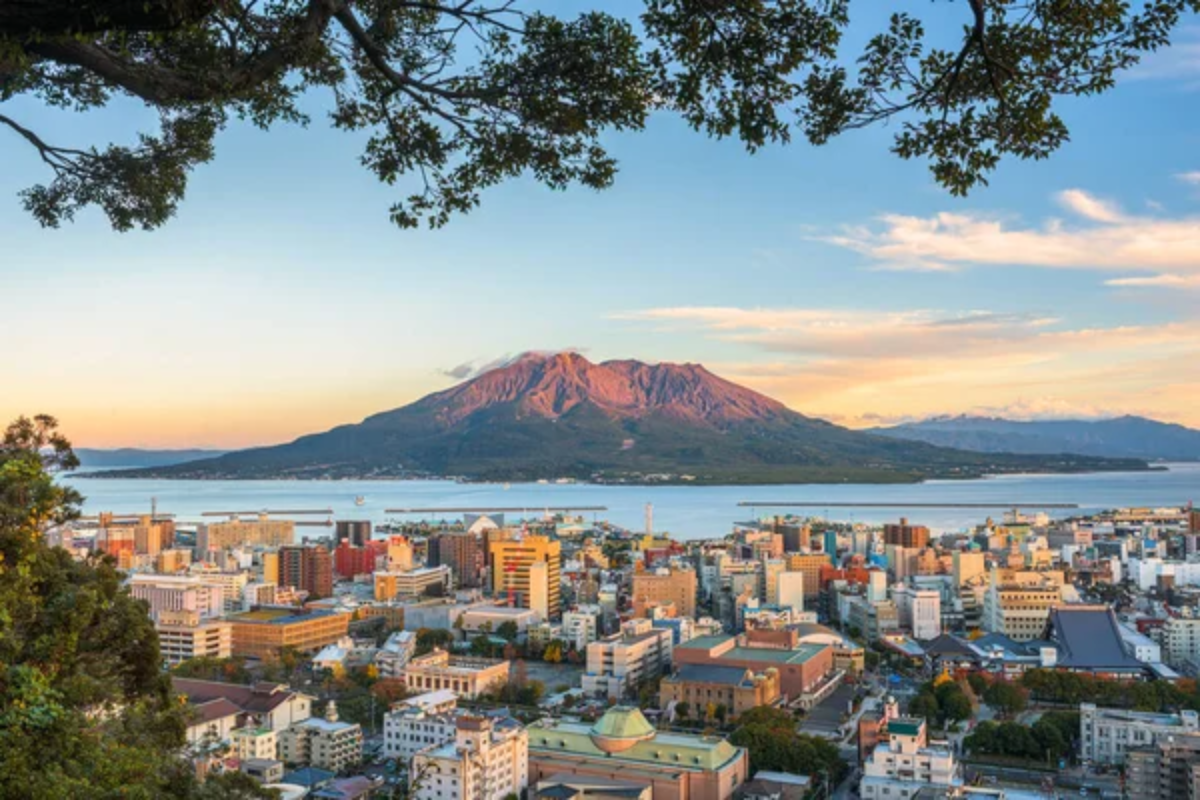
The Senganen Garden showcases how samurai combined luxury with military preparedness daily. Original stone walls and guard houses demonstrate the sophisticated defensive systems of the period.
The garden’s design incorporates views of the active volcano Sakurajima, symbolizing the power of the ruling samurai clan. Traditional crafts workshops teach visitors about the artistic side of samurai culture.
Obi
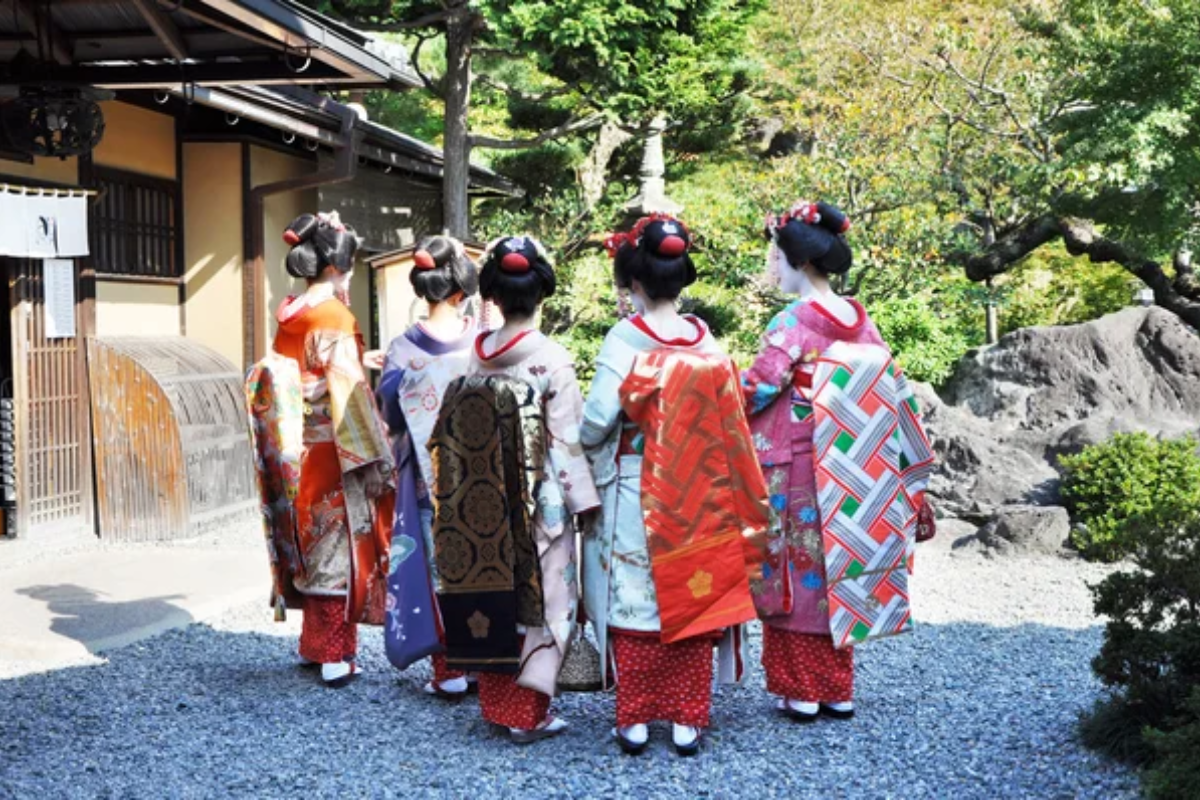
Often called ‘Little Kyoto of Kyushu,’ Obi maintains its original castle town structure with remarkable authenticity. The restored Yoshokan demonstrates how samurai families adapted their residences for comfort and defense.
Local restaurants serve traditional warrior-class cuisine in buildings once owned by samurai families. The town’s preserved gates and walls create perfect photo opportunities for history enthusiasts.
Mimitsu
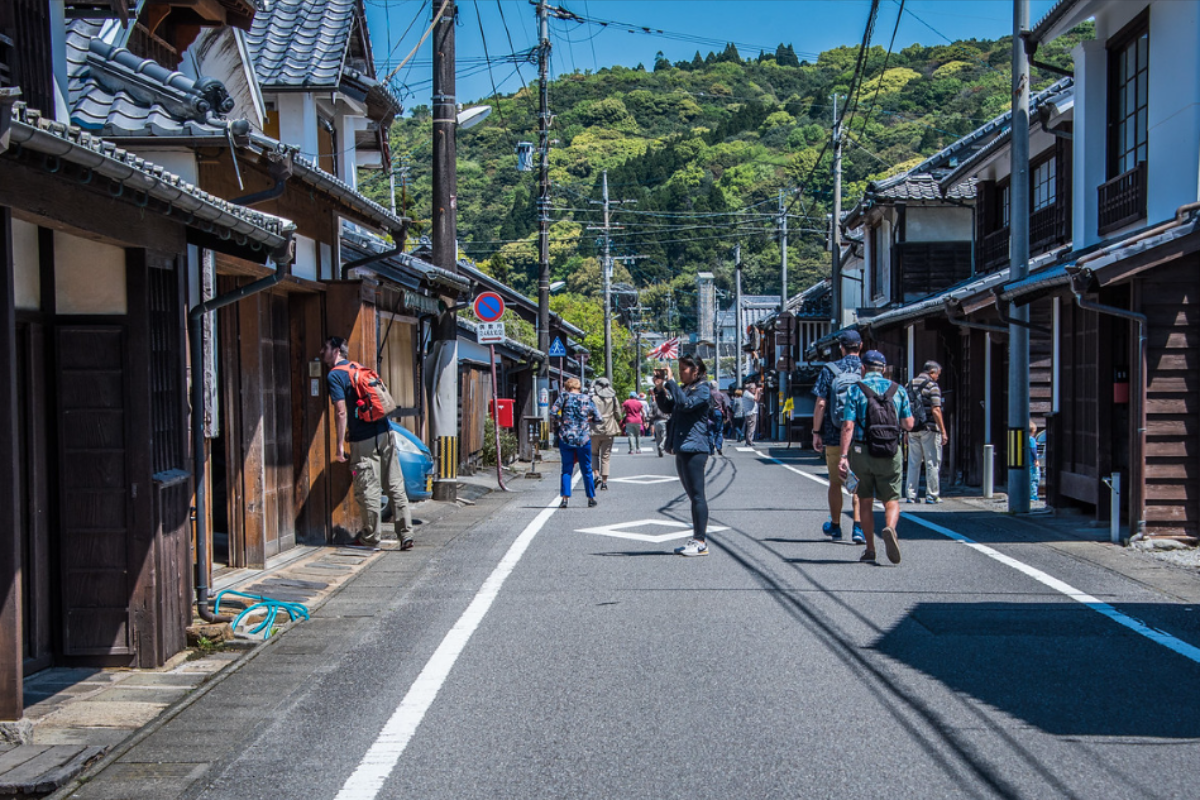
This coastal samurai town offers unique insights into how warriors controlled maritime trade. The preserved customs house and warehouses tell stories of samurai involvement in commerce and shipping.
Visitors can explore traditional merchant houses where samurai officials once inspected incoming goods. The town’s port area maintains its Edo-period atmosphere with original stone works and moorings.
Like Travel Pug’s content? Follow us on MSN.
Ichinoseki
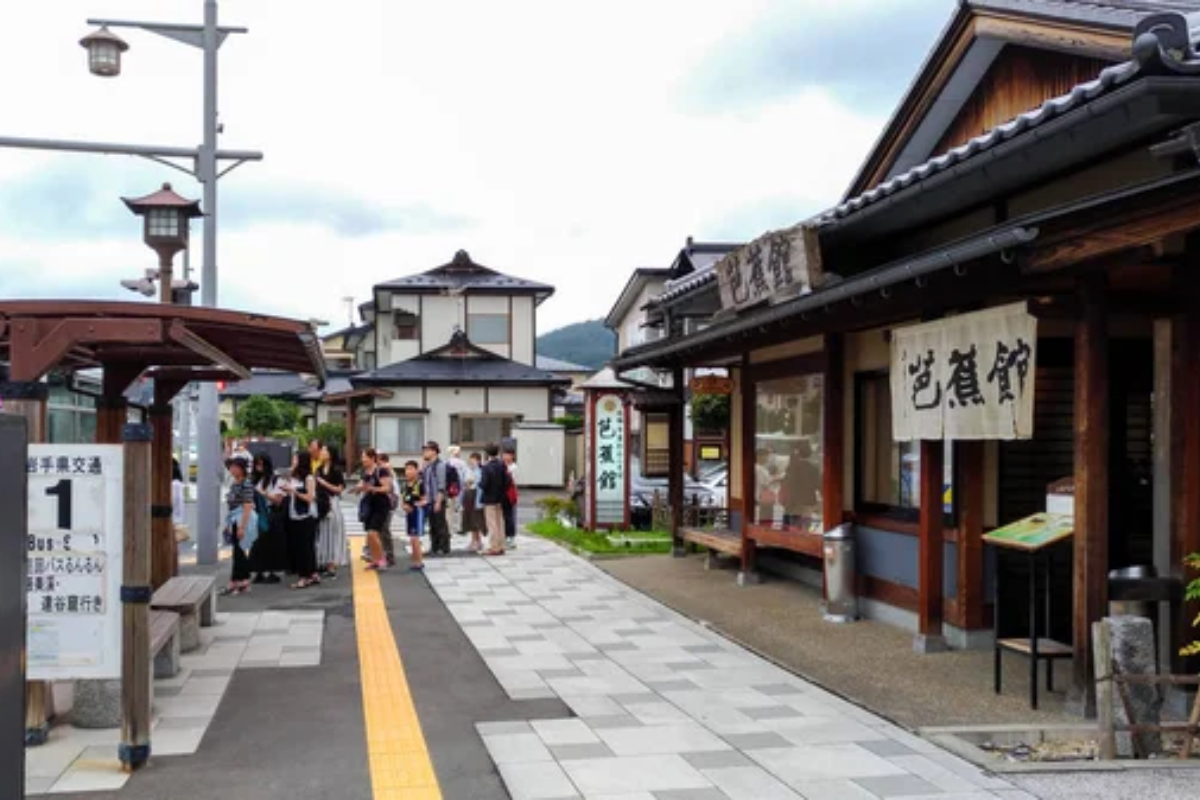
This castle town showcases the northern samurai culture with its distinctive architectural style adapted to heavy snowfall. The preserved Yorikane House demonstrates how warrior families modified their dwellings to handle harsh winter conditions while maintaining military readiness.
Visitors can explore the famous sake breweries that were once operated under samurai supervision to supply important ceremonies and celebrations. The town’s traditional craft centers continue producing iron goods using techniques passed down from samurai-era blacksmiths.
Unomachi
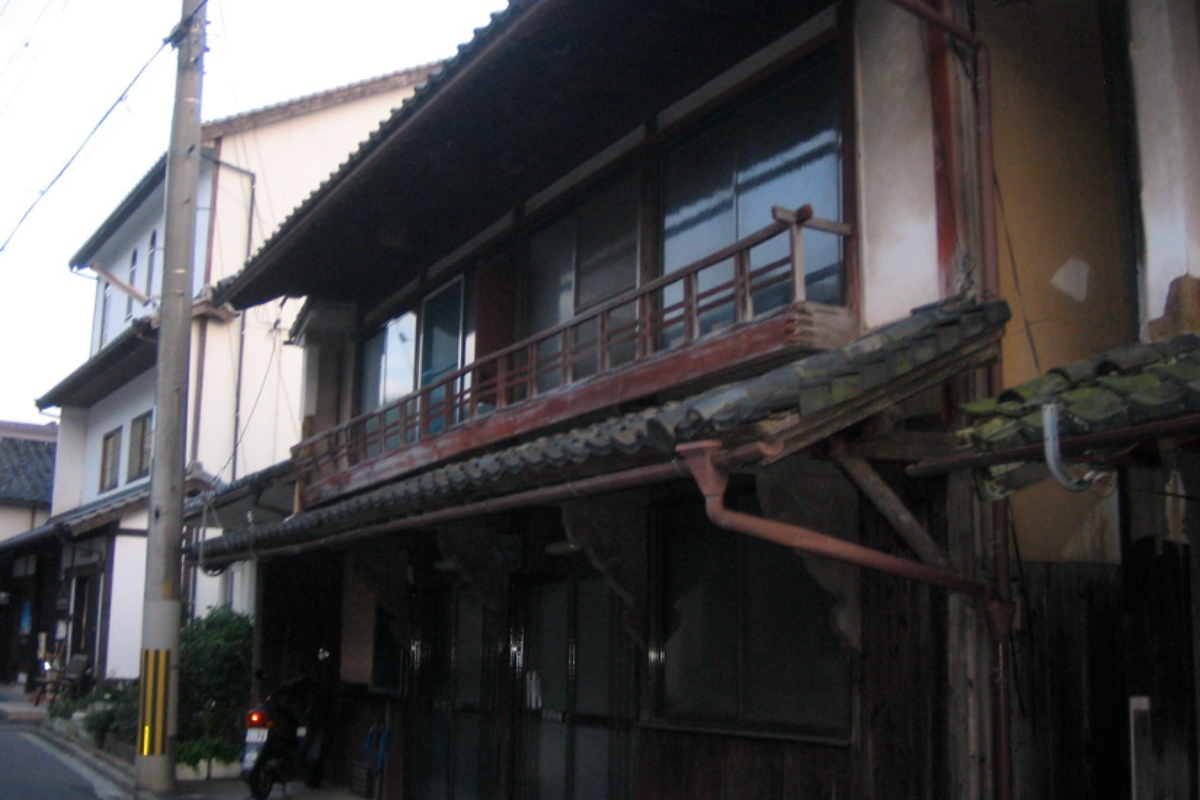
Unomachi preserves its status as a key checkpoint town where samurai monitored regional travel. The restored guard houses provide excellent examples of warrior-class architecture adapted for official duties.
Visitors can try traditional paper-making techniques once used to create important samurai documents. The preserved streetscape helps visitors understand how samurai controlled movement through their territories.
Nakatsu
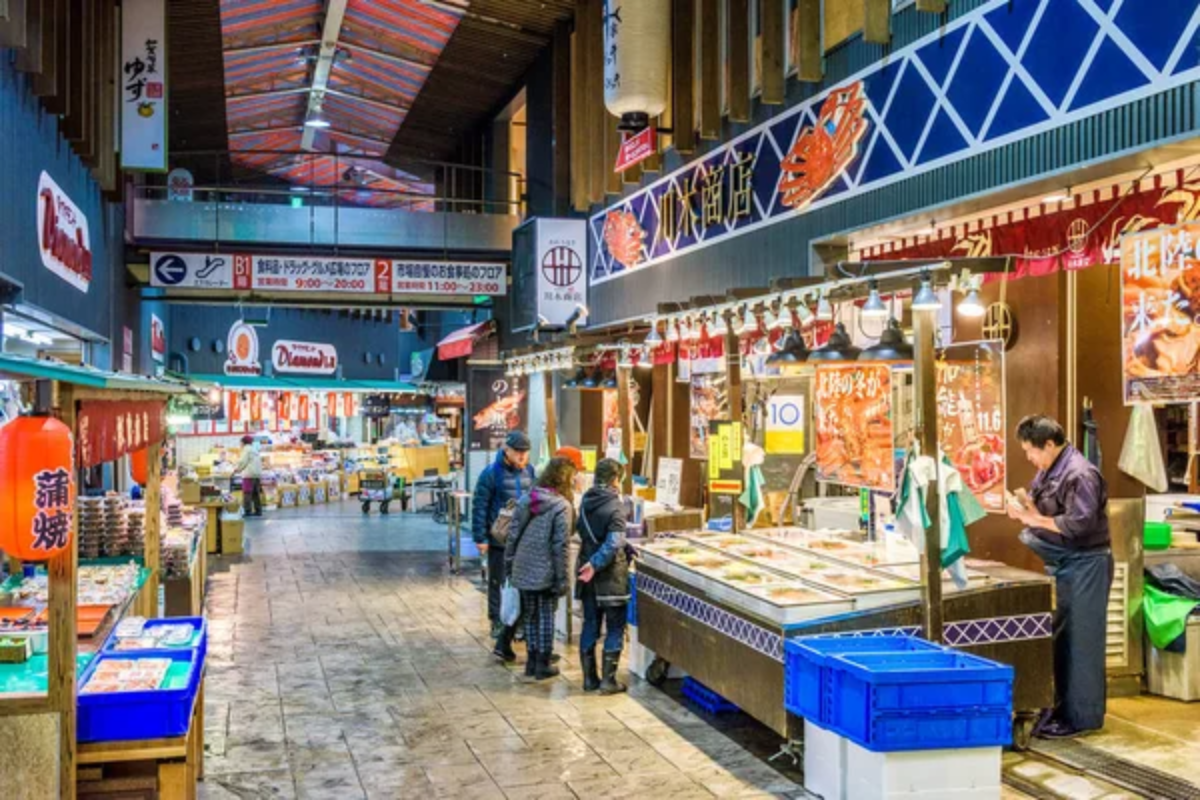
The castle town of Nakatsu maintains its original layout, which focuses on military preparedness and social status. Preserved samurai residences demonstrate how warrior families lived and worked in this strategic location.
The town’s famous dojo still teaches traditional martial arts using centuries-old techniques. Local guides share stories about famous samurai battles in the surrounding areas.
Like Travel Pug’s content? Follow us on MSN.
Akizuki
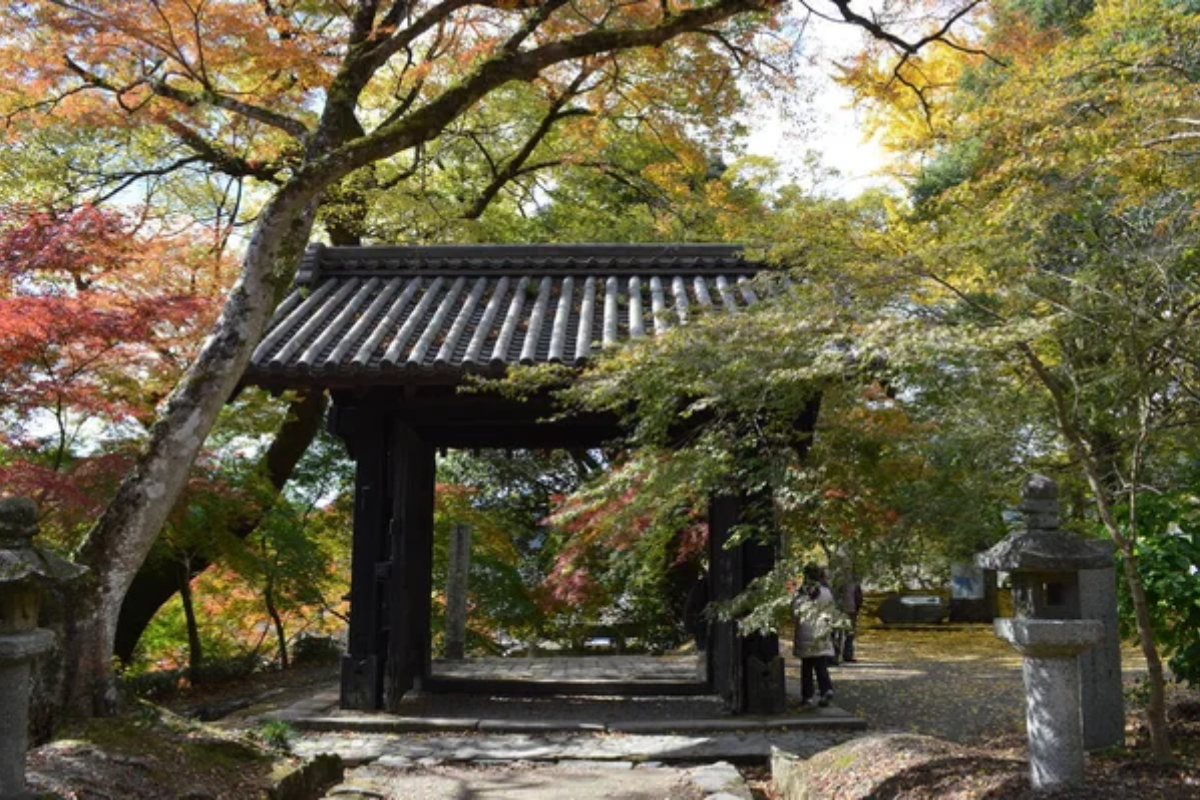
Known as ‘Little Kyoto of Chikuzen,’ Akizuki’s narrow streets preserve the intimate atmosphere of a mountain castle town. The town’s original stone bridges and walls demonstrate sophisticated engineering techniques used by samurai builders.
Visitors can explore perfectly preserved samurai houses complete with traditional furnishings and gardens. The local craft center teaches traditional paper-making and sword-maintenance techniques.
Hita
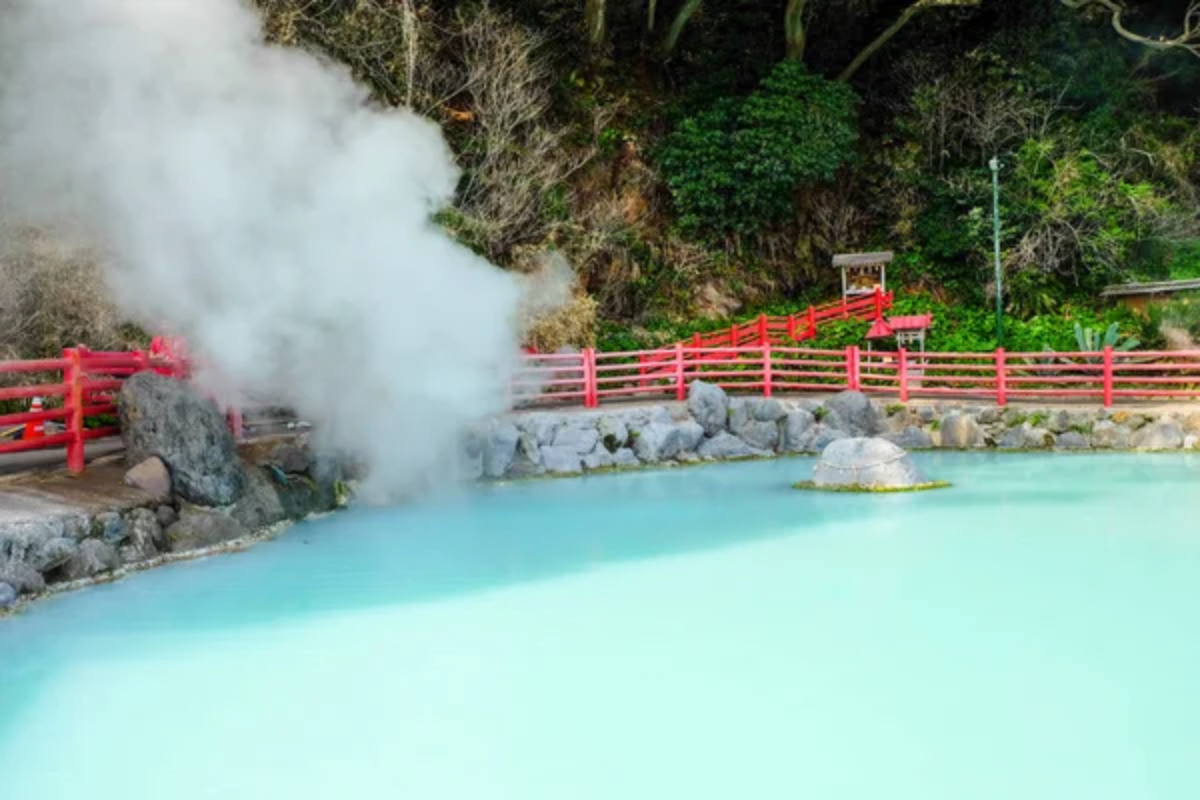
Hita’s preserved district shows how samurai administrators managed this important timber trading post. The town’s traditional architecture combines elements of warrior and merchant design styles.
Visitors can participate in tea ceremonies held in authentic samurai residences. The local museum displays an impressive collection of documents relating to samurai governance.
Waki
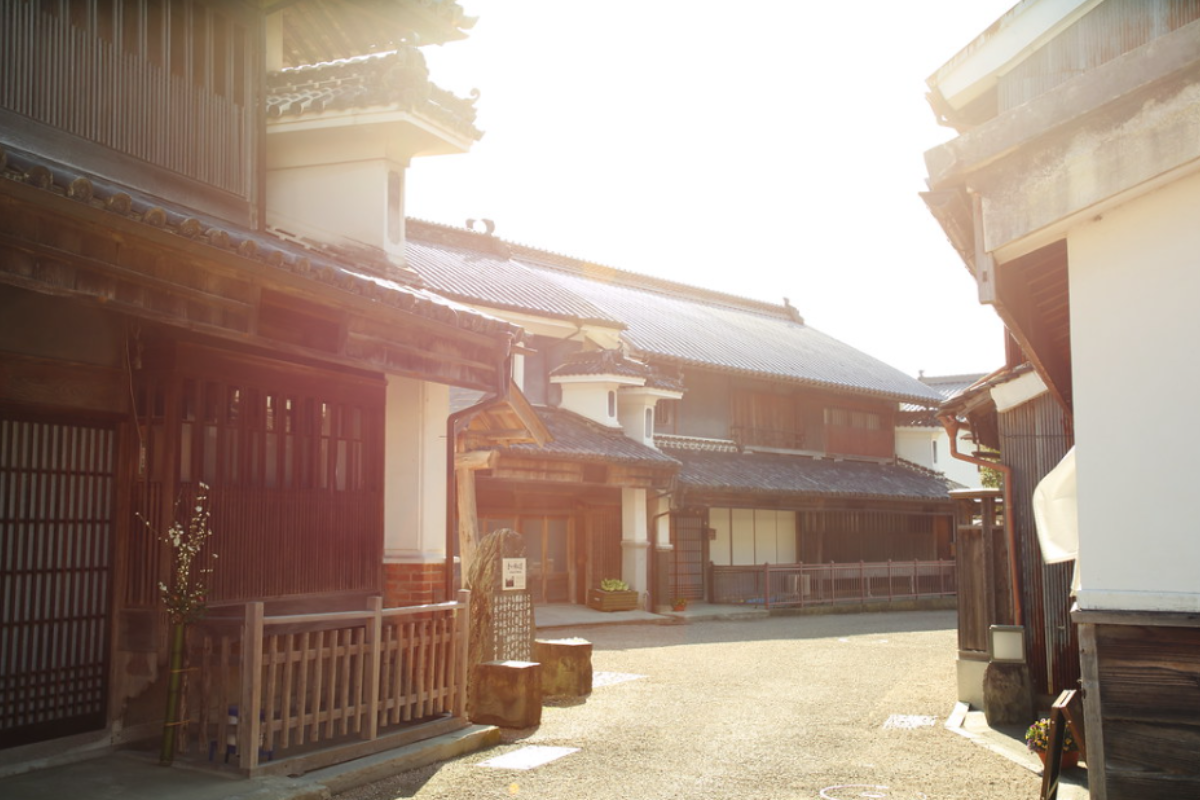
This coastal town preserves evidence of how samurai clans controlled maritime trade routes. Original warehouses and inspection buildings maintain their Edo-period appearance and function.
The town’s museum houses artifacts recovered from samurai shipwrecks along the coast. Guided tours explain how warrior administrators managed complex trading operations.
Like Travel Pug’s content? Follow us on MSN.
Gujo
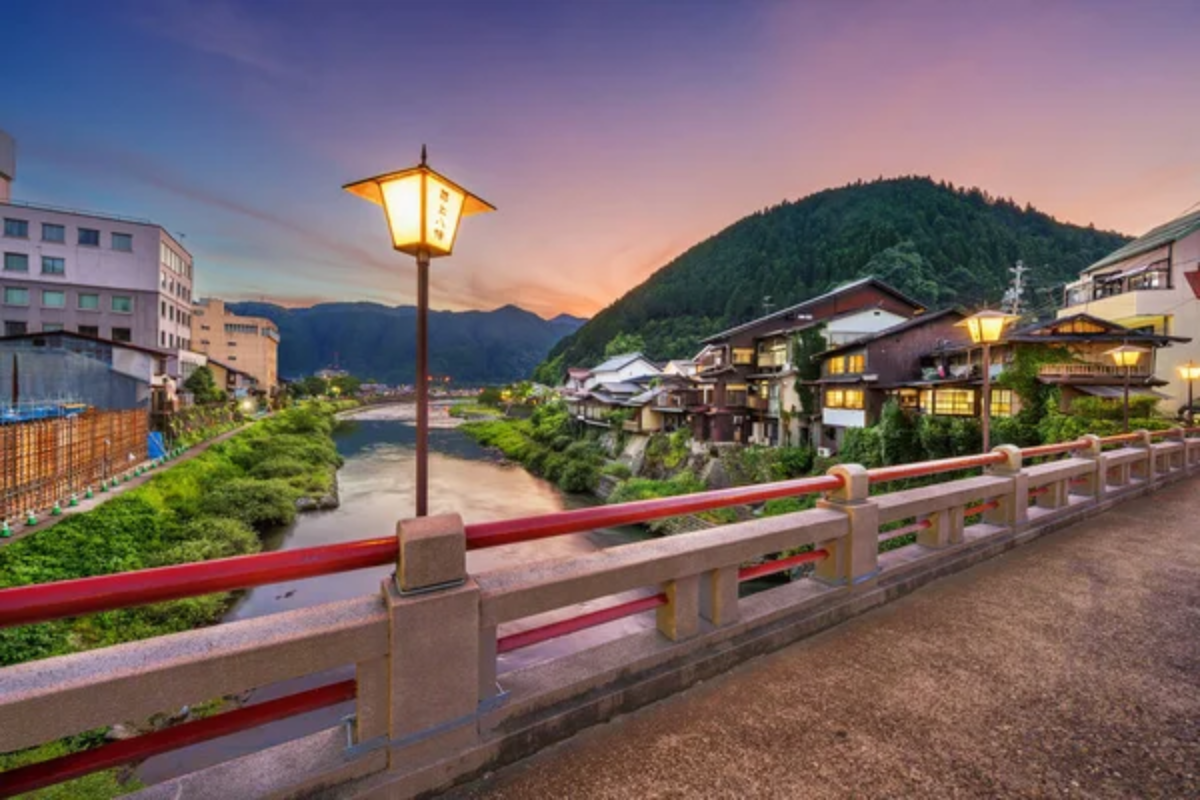
The castle town of Gujo maintains its original water system, designed by samurai engineers. Preserved samurai houses demonstrate how warrior families adapted to mountain living conditions.
The town’s famous dance traditions trace their origins to samurai ceremonies and celebrations. Local artisans continue producing traditional items once essential to samurai households.
Taketa

Taketa’s castle ruins and samurai district vividly depict military town planning—the preserved samurai quarter features original stone walls and traditional gardens. Visitors can explore restored warrior residences complete with hidden rooms and escape passages.
The town’s seasonal festivals recreate the atmosphere of samurai-era celebrations.
Ozu
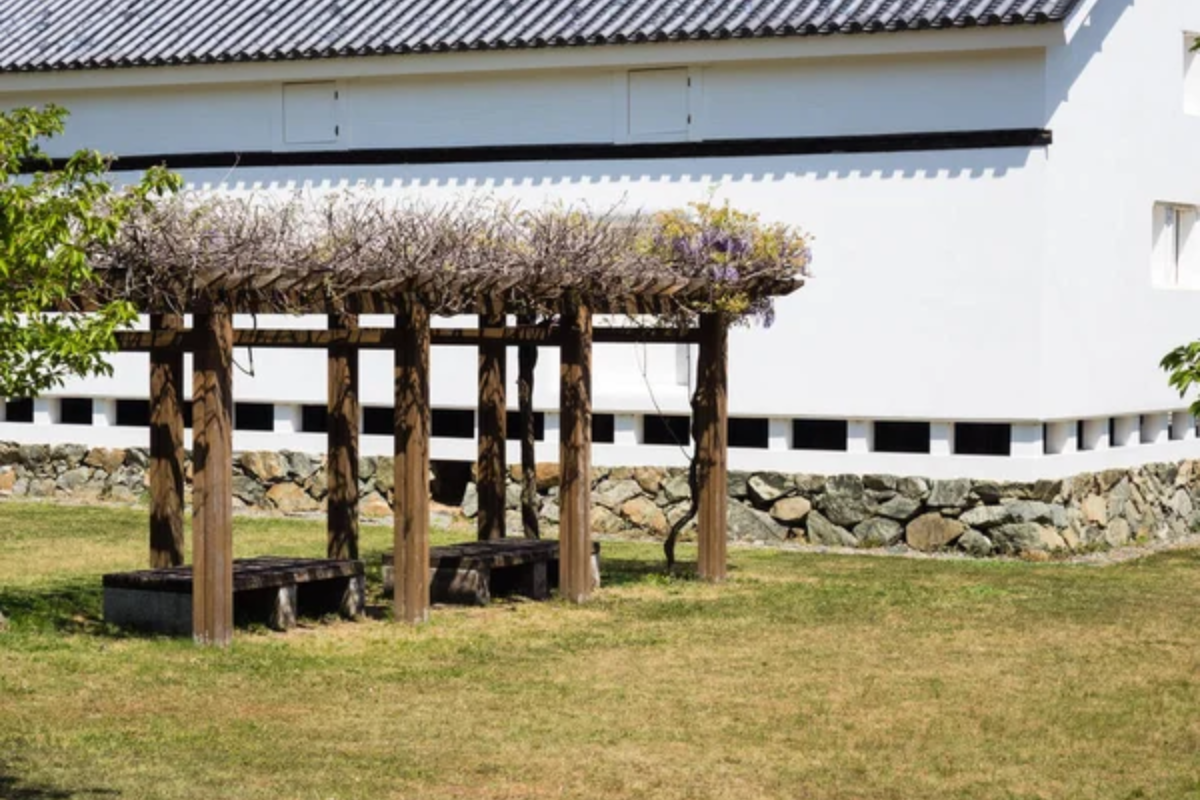
Ozu’s castle town layout perfectly preserves the social hierarchy of the samurai period. The restored Garyu Sanso villa showcases the refined aesthetic taste of high-ranking warriors.
Traditional boat tours along the river offer unique views of samurai architecture. Local guides share stories about famous duels and political intrigue from the town’s past.
Like Travel Pug’s content? Follow us on MSN.
The Spirit Lives On
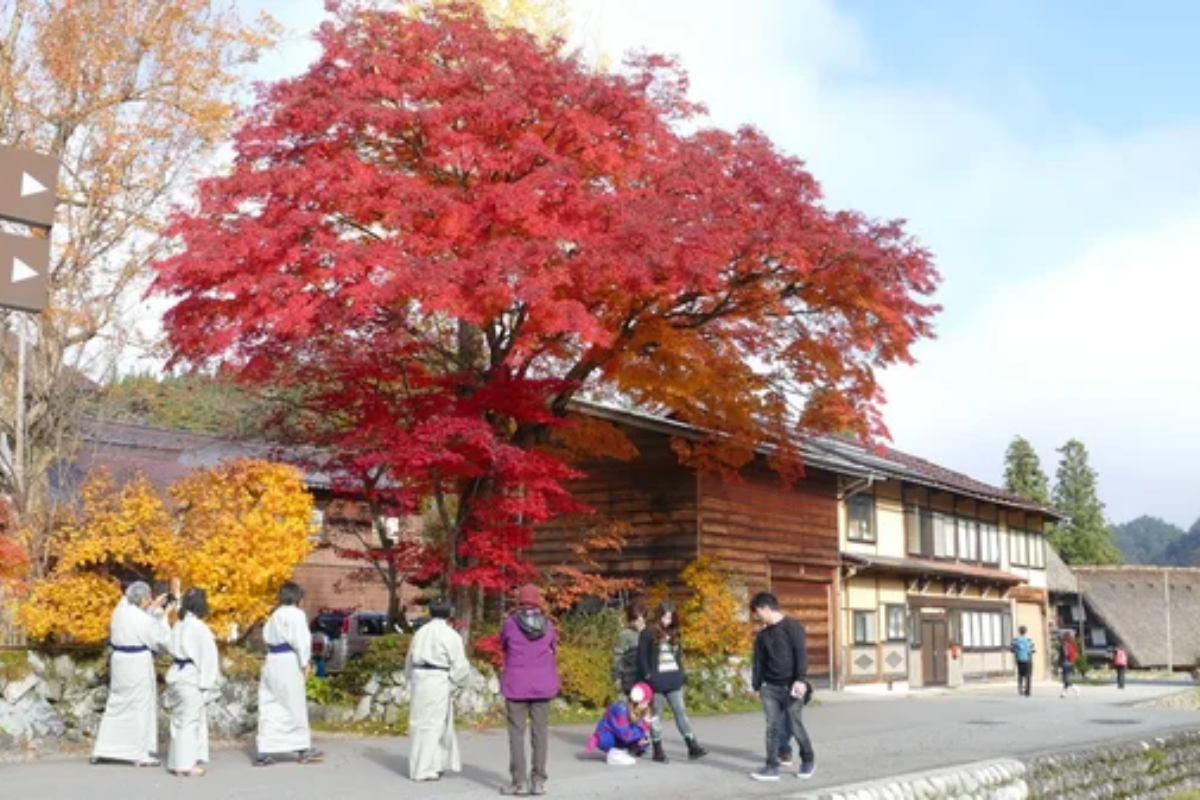
These historic villages serve as museums where ancient samurai traditions thrive in modern Japan. Each street corner and preserved building tells stories of honor, duty, and the complex society that shaped Japan’s warrior class.
The dedication to maintaining these sites ensures that future generations can experience the authentic world of the samurai firsthand. Walking these ancient streets today, visitors can still feel the powerful connection between the past and the present, where traditional values meet modern appreciation.
The careful preservation of these villages does more than protect buildings—it keeps alive the spirit of an era that continues to captivate people worldwide.
More from Travel Pug

- 20 Towns Built for One Purpose That Were Later Abandoned
- 15 Hidden Spots in Disney World’s Magic Kingdom Most Visitors Miss
- 15 Most Scenic Walks Anywhere in The World
- 15 Canyons in the U.S. That Are Just as Stunning as the Grand Canyon
- 10 Under-the-Radar Mountain Towns That Are Both Affordable and Beautiful
Like Travel Pug’s content? Follow us on MSN.
